The Wonderland protocol became the talk of the decentralized finance (DeFi) world after the platform was found at the center of a brewing controversy.
On Jan. 27, DeFi analyst zachxbt revealed that one of the anonymous co-founders of Wonderland happened to be QuadrigaCX co-founder Michael Patryn, who has been operating under the name of Sifu.
QuadrigaCX is a defunct crypto exchange from Canada which closed when Gerald Cotten, the exchange founder and sole person with knowledge of the exchange's wallet keys, passed away. Following his death, $169 million worth of user funds were irreversibly lost.
Cotten's passing led to a wave of litigation as former exchange users sought to recover their funds. Others in the crypto community claimed that Cotten faked his death to get away with the allegedly stolen crypto.
Who is Sifu?
Zachxbt claimed in a series of tweets that Patryn has been a serial offender of the law and prior to his stint at QuadrigaCX, he helped run an identity theft ring called shadowcrew, to which he later plead guilty.
According to a Bloomberg report citing California court records, Michael Patryn is Omar Dhanani, who was sentenced to 18 months in federal prison for running a credit card fraud ring and admitted burglary, grand larceny and computer fraud in three separate criminal cases.
The DeFi analyst questioned Wonderland founder Daniele Sestagalli’s motive to work with a convicted scammer and give him responsibility for a billion-dollar treasury comprising investors’ money.
After the true identity of the anonymous chief financial officer was revealed, Sestagalli came out with his side of the story. He claimed that he was aware of Sifu’s true identity almost a month prior but didn’t judge him for his past. But, Sestagalli's clarification seemed too little too late, and after community backlash, Wonderland decided to put Sifu's removal to a community vote, which was passed with an overwhelming majority.

After the removal of the treasury manager, Sestagalli decided to hand over the treasury to the community and wind down the project. The proposal received a divided vote with 55% voting against it and 45% voting in favor. Regardless, the founder decided to pull the plug on the project until a better solution comes up.

Immediately following his dismissal from Wonderland, Sifu sent out 3,000 Ether (ETH) to a coin mixer called Tornado Cash in three different batches. While he claimed that it was his own money, community members were skeptical. One user pointed out that a wallet associated with Sifu received nearly $400 million in funds in just a month and right after his doxing, $200 million was moved away from the wallet.
Sestagalli believes the community is strong and the project can move forward. In his last tweet addressing the issue, he said:
“I am working more closely with our Wonderland and WAGMI community moderators and supporters to ensure a better top-down level of communication and infos. We will continue building together as a community and get out of the FUD together. SoonTM next proposal ;).”
In the original winddown proposal, Sestagalli has included a deadline of five days to propose a new pathway if the current proposal is voted down:
“If the proposal is voted against, and no counter proposal within 5 days is made by the community with relevant people who are willing to take over the multisig and willing to take on this challenge, we will still unwind the treasury.”
Among numerous proposals put forward by the community, one from dcfgod has caught the crypto community’s eye. The proposal demanded a rage quit process that would halt all trading and remove all liquidity to start from scratch, involving only those who wanted to be associated with the project.
Another notable proposal would return investors' original investment and allow Skyhopper, a crypto trader, to manage and advise the Wonderland treasury. However, there hasn’t been any final decision on which proposal would be accepted and put forward.
So, what went wrong?
To begin with, Wonderland’s decentralized autonomous organization (DAO) wasn’t as decentralized as many would have believed.
A DAO is an autonomous organization run through software and smart contracts and community voting, allowing them to operate without being led by a central party.
While, ideally, a DAO should be free from individual or organizational control, the case of Wonderland seems to have proved otherwise, as it highlighted the possibility of a single individual making decisions on behalf of thousands of community members.
Vincent Choy, an ecosystem architect at DeFi infrastructure provider Oz Finance, told Cointelegraph that just because a project has a few governance protocols doesn’t necessarily mean they are decentralized:
“How is Wonderland a DeFi project? Yes, there are certain governance protocols in place for the application of DAO, but it is essentially a centralized disbursement of funds in the Wonderland treasury. As the industry progresses, I think we as an industry need to give deeper thought into how DeFi actually works to fulfill the promises we made.”
“Enabling situations like this to develop is definitely a step back in the wrong direction. Daniele knowingly working with a convicted felon that has a history of fleecing and Ponzi schemes shows how little care he has for the management of his community’s funds and cannot be good for the confidence of the industry,” Choy added.
Sestagalli’s changing story has also raised suspicion. First, he claimed to be aware of Patryn’s identity and decided to continue without informing the community but after the voting proposal for his removal was passed, he tried to distance himself from the tainted co-founder:
What DAOs can do better
In order for DAOs to become truly autonomous, decentralization should be introduced in stages. However, a certain level of control is also required to maintain the core values of the company. Most successful DAOs use various gatekeeping mechanisms in which ideas pass through several phases before being accepted. Being a decentralized ecosystem, the core team doesn’t have any say on who can join the community and thus their concern over the trust in the community is understandable. However, it should not be used as an excuse to make the ecosystem more centralized.
DAOs are meant to be community driven. So, in order for a true autonomous governance to succeed, the level of control from the core team should be minimal: They should act as the gatekeepers instead of sole decision-makers. While, ideally, DAOs are supposed to be autonomous governance, managing a company or a firm requires different human touches and interventions which can’t be programmed. This is where gatekeepers or a core team can come in along with the community to resolve certain issues that cannot be automated.
Talking about the supposed decentralization in DAOs and the Wonderland saga, Burnt Banksy, founder of DeFi platform Burnt Finance, told Cointelegraph:
“The nature of the crypto industry is that everyone usually has some skin in the game, so it’s sometimes best to assume that everyone’s nefarious until proven trustworthy — which can happen for projects in many ways, like by taking security seriously and implementing multisignature wallets or time locks for admin functions. Being anonymous in order to build something larger than yourself is one thing, but it’s another to use that anonymity to commit crimes.”

You can get bonuses upto $100 FREE BONUS when you:
💰 Install these recommended apps:
💲 SocialGood - 100% Crypto Back on Everyday Shopping
💲 xPortal - The DeFi For The Next Billion
💲 CryptoTab Browser - Lightweight, fast, and ready to mine!
💰 Register on these recommended exchanges:
🟡 Binance🟡 Bitfinex🟡 Bitmart🟡 Bittrex🟡 Bitget
🟡 CoinEx🟡 Crypto.com🟡 Gate.io🟡 Huobi🟡 Kucoin.

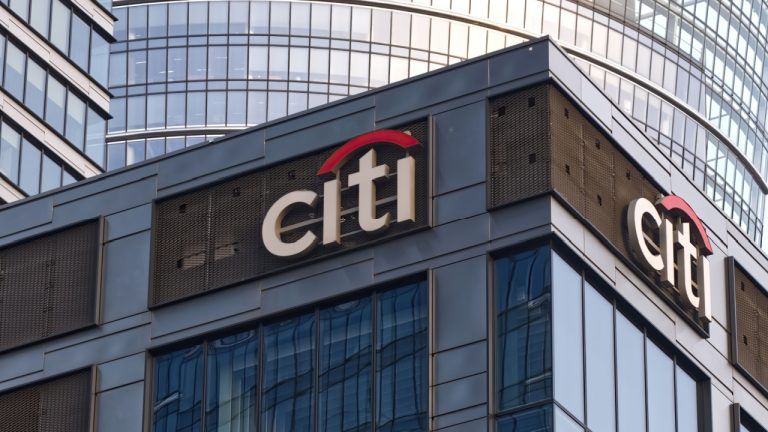

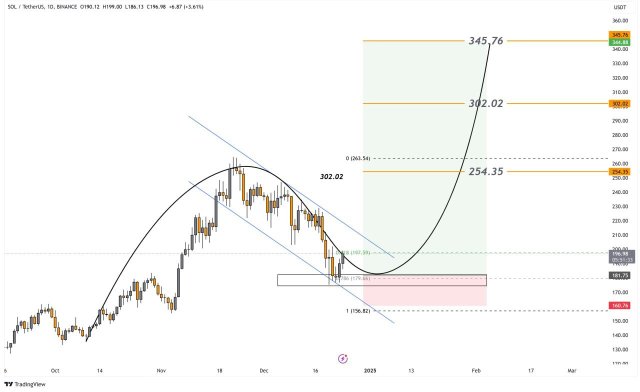


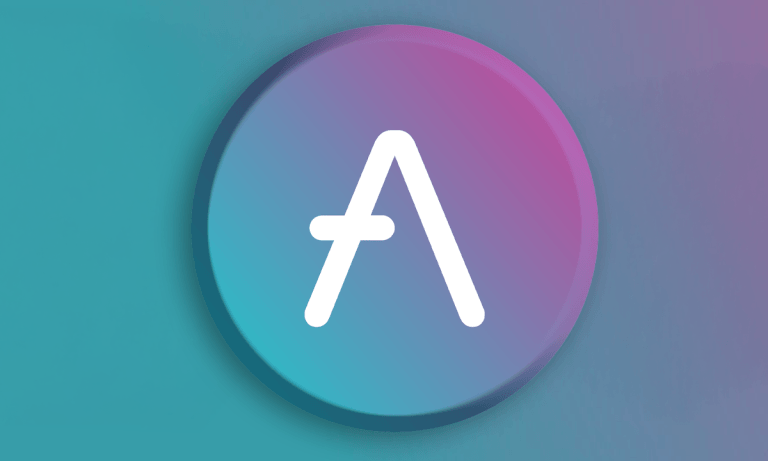


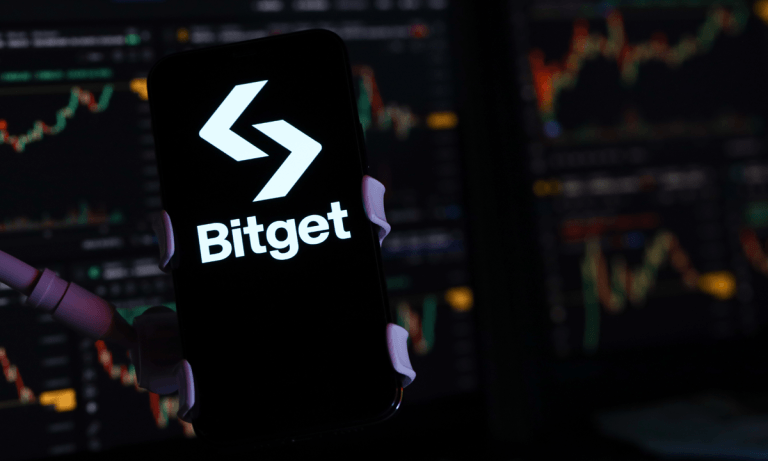

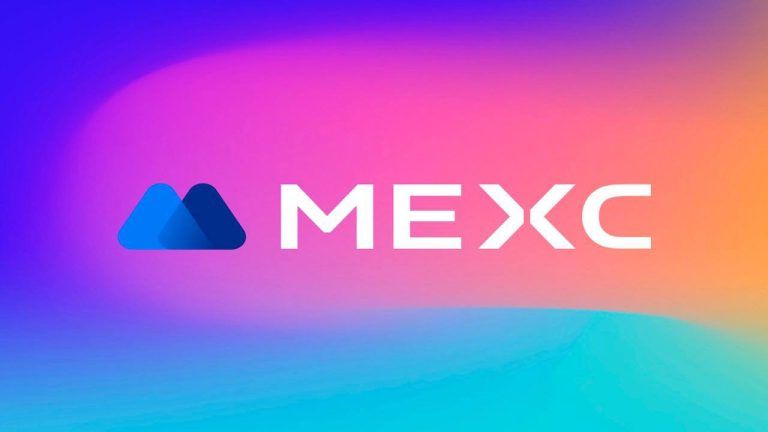






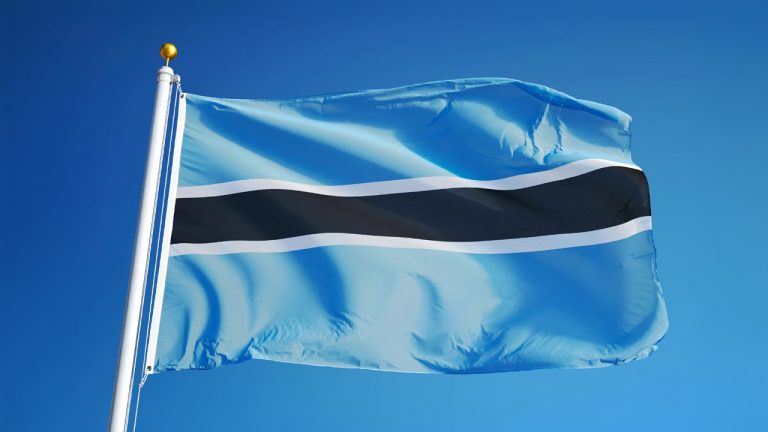

Comments